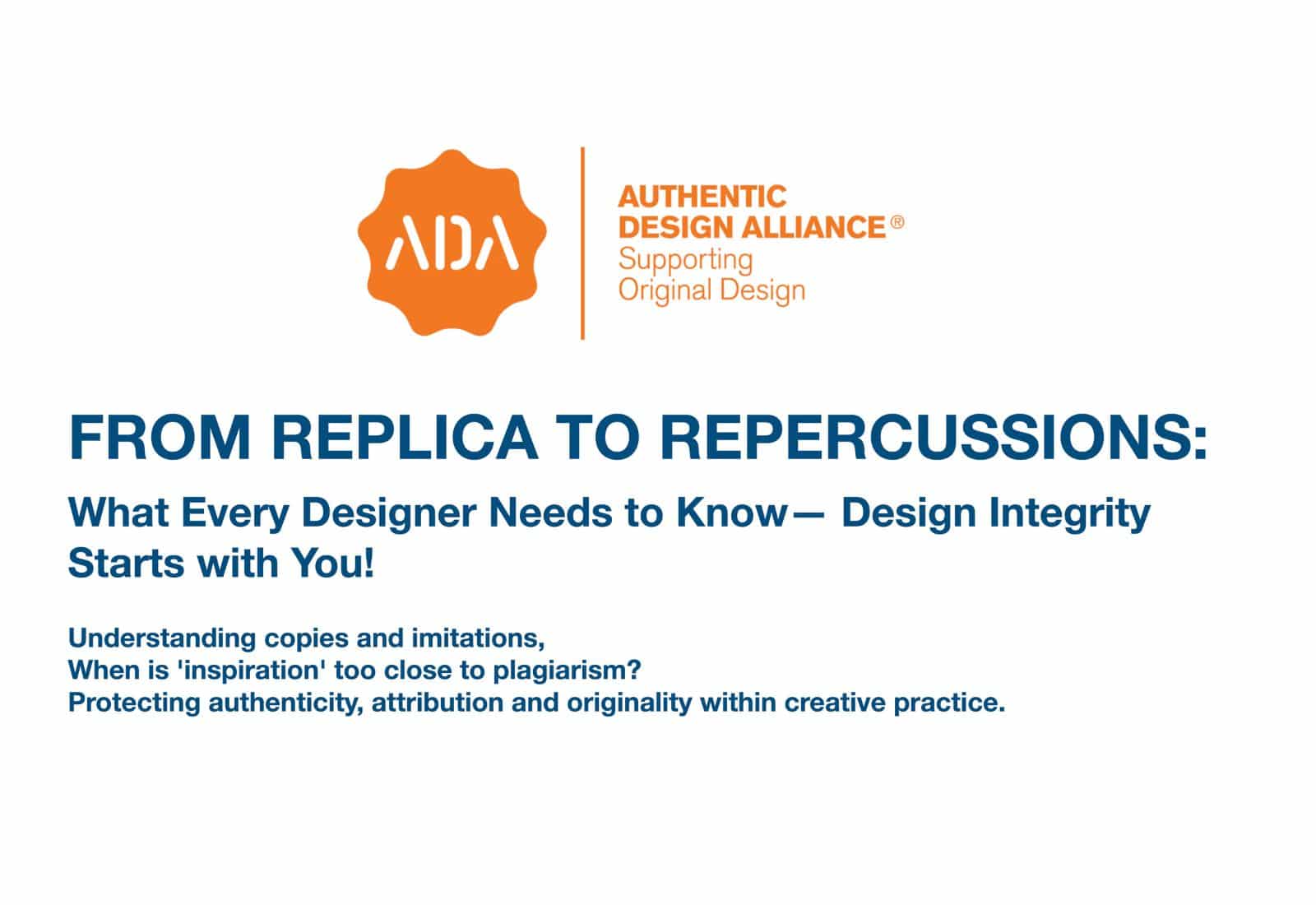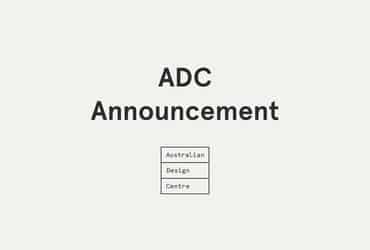Have you taken steps to protect your brand from one of your team inadvertently creating or specifying copies?
In a world flooded with images and ideas, knowing when inspiration crosses into copying is crucial for interior designers.
Our new workshop series focuses on identifying replicas, knock-offs, and derivative works, as well as understanding the importance of protecting authentic design.
From Replicas to Repercussions: Understanding Copies & Imitations in Interior Design
Hosted by INDY, a group of leading Australia female interior designers and presented by the Authentic Design Alliance (ADA).
We covered:
- Understand the meaning of what’s real and what’s (perhaps) not—Replicas, Dupes, Re-editions, Homages, Inspirations – Defined
- Where to draw the line between inspiration and authenticity
- The real impact of copying on designers and makers.
- When you copy a design: the fallout (p.s everyone knows!)
- How to handle clients who want cheaper “lookalikes”
- Practical tips to avoid specifying copies
- Preventing copies within your studio practice
- The importance of ethical design choices
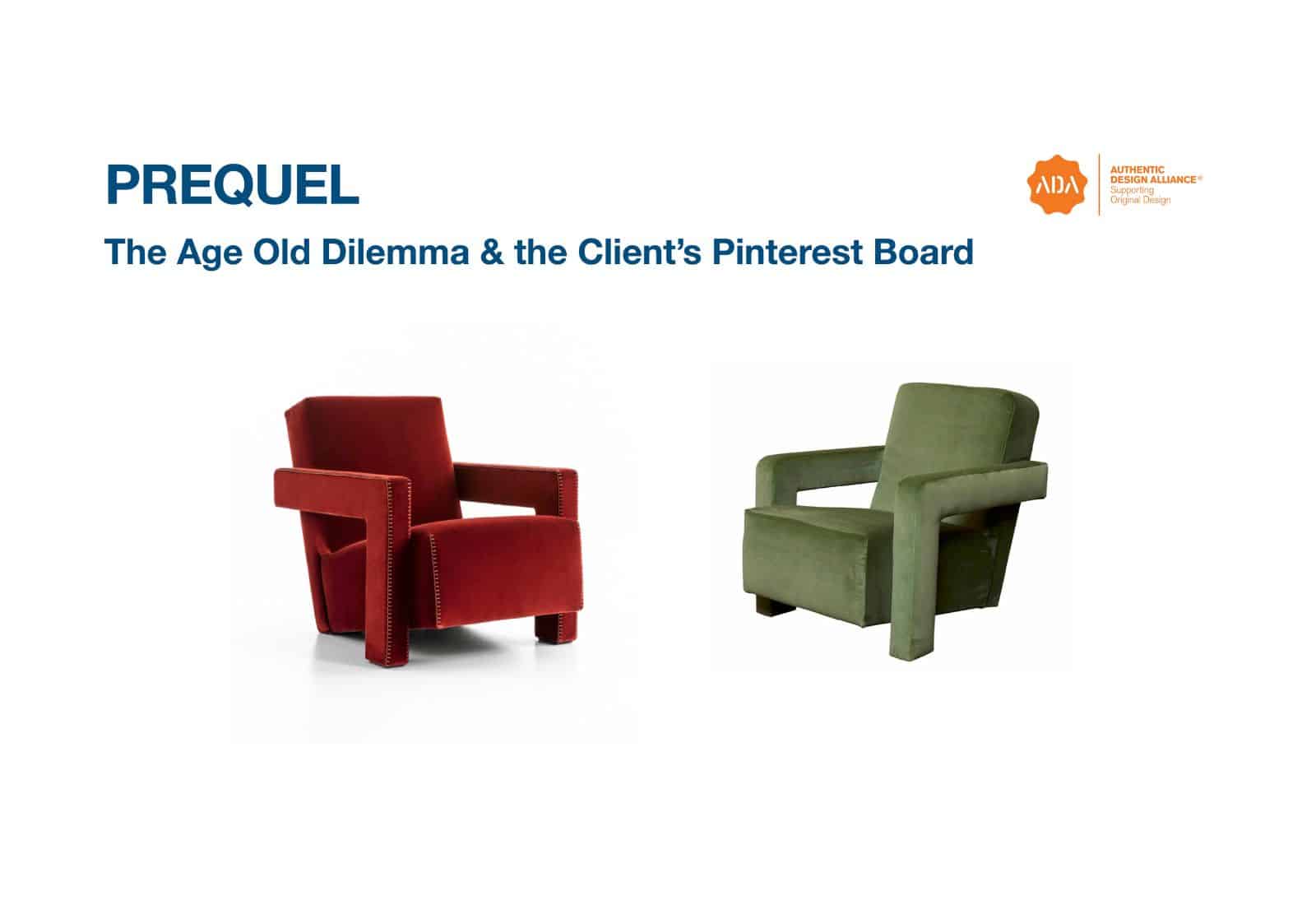
Balancing Client Budgets, Expectations, and Sourcing Authentic Products
We tackled a pressing issue in the industry: how to distinguish genuine inspiration from unethical copying in design.
In today’s image-driven world, saturated with endless Pinterest boards and social media feeds, the line between referencing a design and replicating it too closely can become blurred.
Designers often face the challenge of managing client expectations — especially when budgets don’t stretch to original pieces, and the temptation to specify cheaper copies rises.
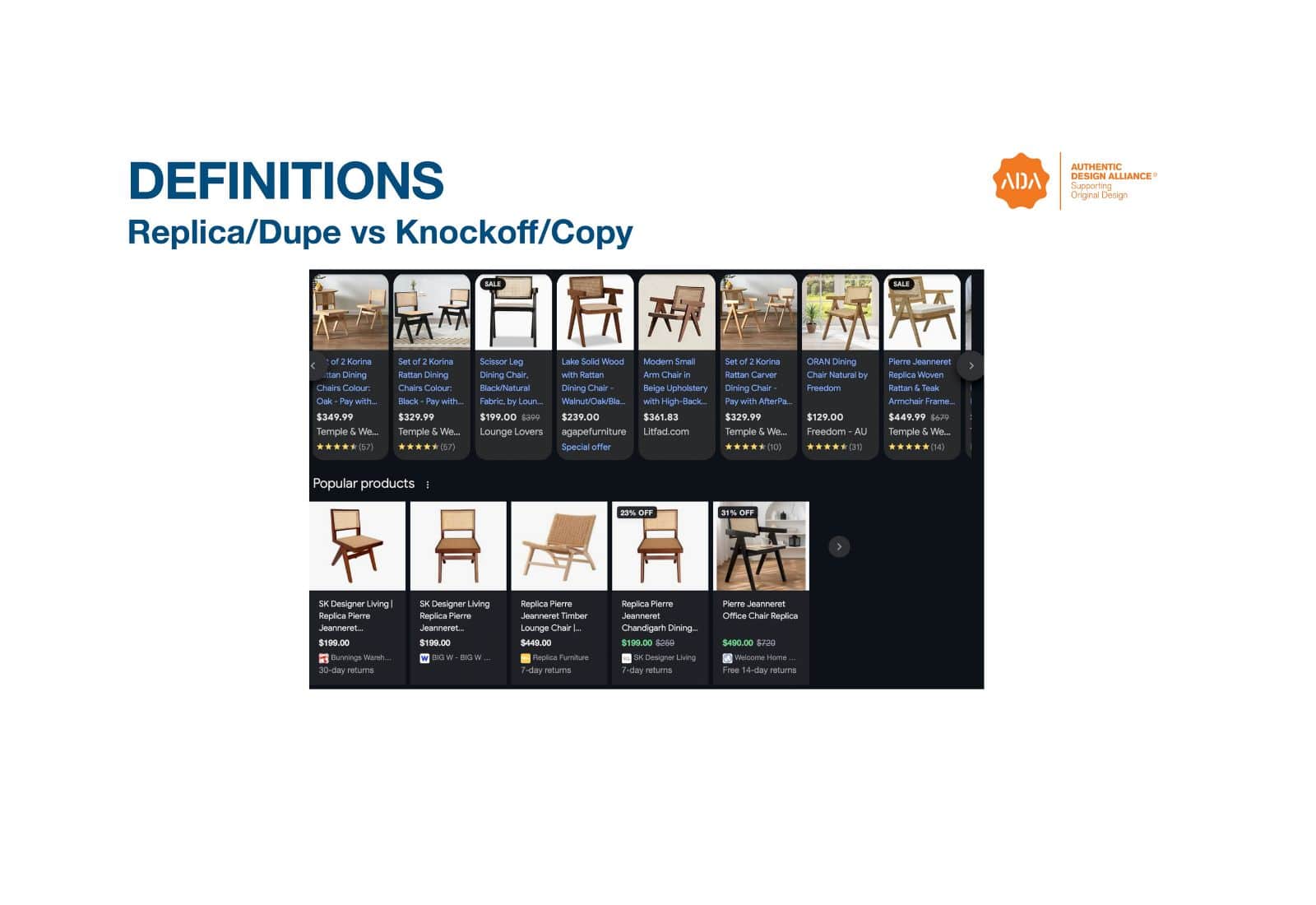 Understanding Design Theft
Understanding Design Theft
This session provided a practical overview of how design theft occurs — intentionally or unintentionally — and its impact on creators, manufacturers, and the broader industry.
It also highlighted why protecting authentic design is crucial, not only for safeguarding livelihoods but for fostering a sustainable design culture that values originality over shortcuts.
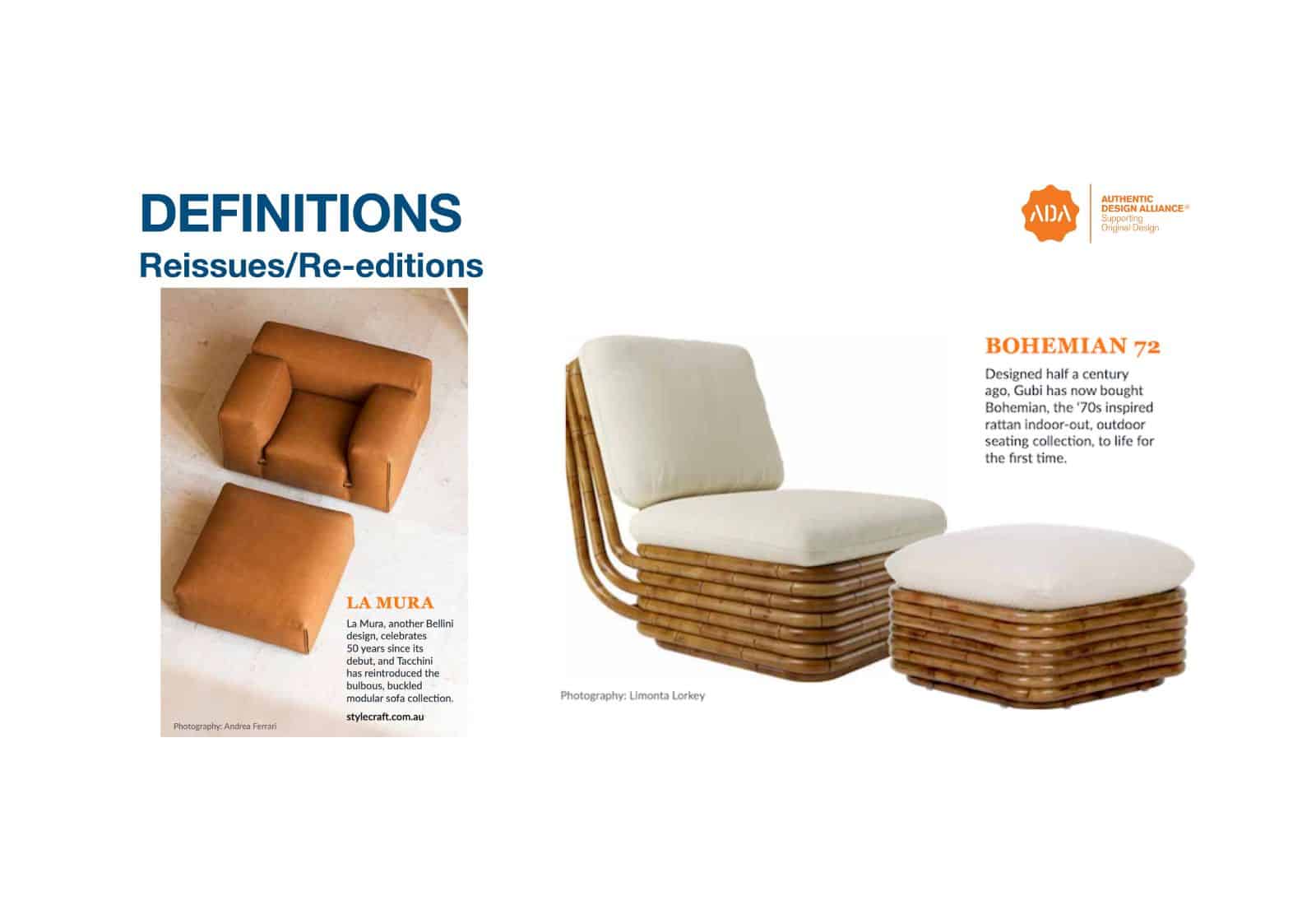
Knowing What to Look For
Key takeaways included advice on spotting copies, understanding the difference between a replica and a derivative work, and practical strategies for educating clients about the actual cost of choosing imitation.
The discussion reinforced that design ethics aren’t just about legalities but about respect — for the craft, the creator, and the cultural value of original work.
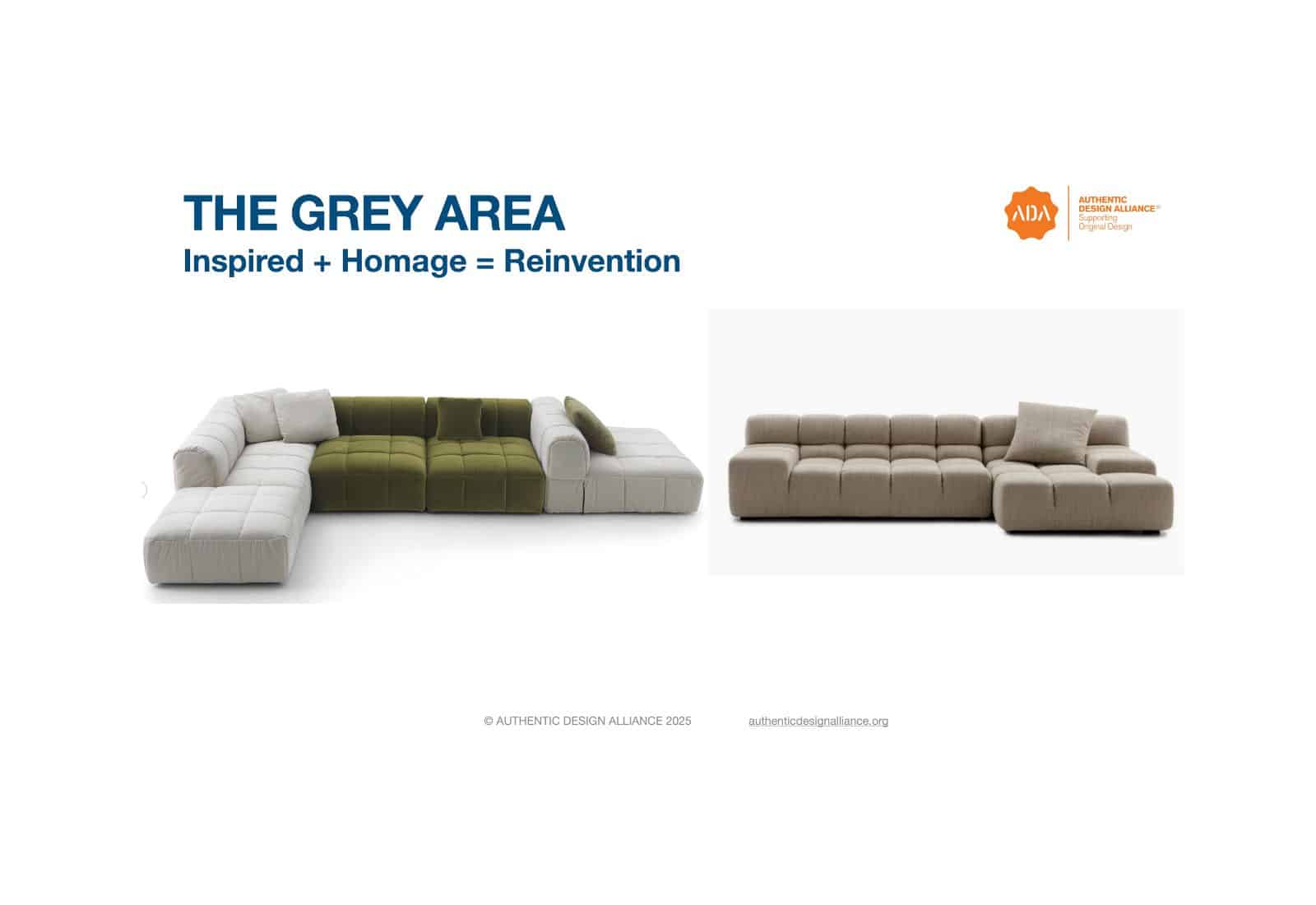
New ADA Memberships for Interior Designers
For interior designers navigating this complex landscape, the ADA offers new membership tiers.
Become an ADA member and receive support by joining. Our advocacy and work with developing resources aim to preserve integrity in the industry.
Discover how you can contribute to building a stronger future for Australian interior design.
What You Can Do
Join us to learn how to protect your projects and reputation. Become part of a movement supporting original, sustainable design.
Register now for future ADA talks – here
Apply to join our Advisory Group – here
Help buld an industry ‘Code of Conduct’ to guide best practice for furnishing specifications.


